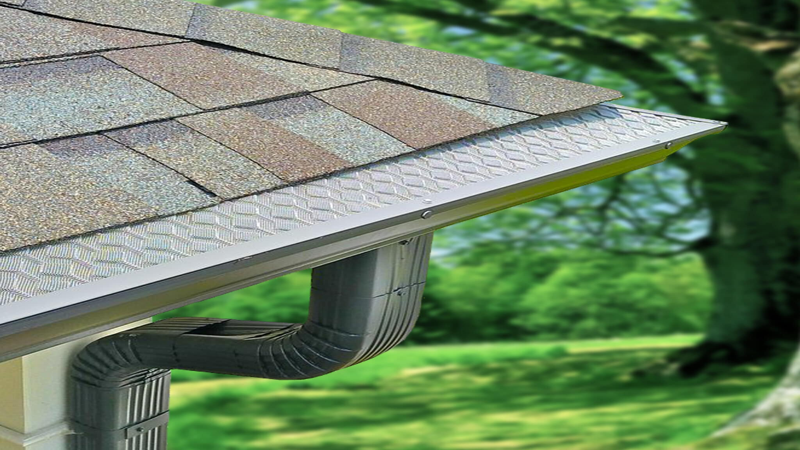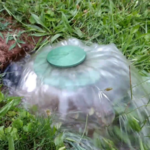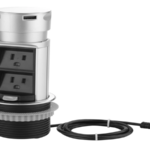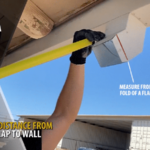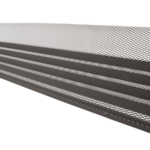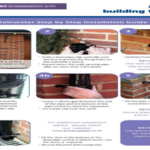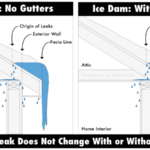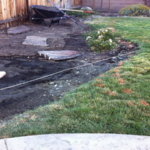- Begin by excavating a trench along the perimeter of your home where you would like to install the underground gutter drain. The trench should be approximately 6 inches wide and 18 inches deep.
- Next, line the trench with a layer of gravel. This will help with drainage.
- Install the underground gutter drain pipe in the trench. Make sure that the pipe is sloped properly so that water will drain away from your home.
- Cover the pipe with another layer of gravel.
- Finally, cover the trench with soil and sod.
How deep should underground gutter drains be?
There is no definitive answer to this question as the depth of underground gutter drains will vary depending on a number of factors, such as the climate, the amount of rainfall, and the soil type. In general, however, underground gutter drains should be installed at a depth of at least 2 feet. This will ensure that the drains are able to effectively capture and channel water away from the foundation of the home.
What is the best pipe to use for underground gutter drainage?
There are many types of pipes that can be used for underground gutter drainage, but the best type of pipe to use is a PVC pipe. PVC pipes are durable and can withstand the elements, so they will not rust or corrode over time. They are also easy to install and can be cut to any size that you need.
Are underground gutter drains worth it?
For starters, underground gutter drains are much more aesthetically pleasing than traditional above-ground gutters. They’re also less likely to get clogged with leaves and debris, since they’re installed underground where debris can’t easily reach them.
Another big advantage of underground gutter drains is that they’re much less likely to freeze in cold weather, since they’re not exposed to the elements. This means you won’t have to worry about your gutters overflowing in the middle of winter when the snow and ice start to melt.
Finally, underground gutter drains can help to reduce flooding around your home by directing water away from your foundation and into a drainage system. This can help to prevent costly damage to your home in the event of a heavy rainstorm.
Where do underground gutter drains go?
The underground gutter drains go to a holding tank or to the municipal sewer system. The holding tank is usually located in the front or back yard, and the municipal sewer system is located underground.
Is burying downspouts a good idea?
There are a few reasons why people might want to bury their downspouts. One reason is that it can help to prevent water damage to the foundation of a house. If the water from the gutters is allowed to flow directly next to the foundation, it can slowly erode away at the concrete or cause other problems. By burying the downspouts, the water will be directed away from the foundation and will not cause any damage.
Another reason to bury downspouts is that it can help to prevent flooding in the yard. If the gutters are not properly maintained, they can become clogged and cause water to back up. This can lead to flooding in the yard and damage to landscaping. By burying the downspouts, the water will be directed away from the yard and will not cause any damage.
There are a few things to consider before burying downspouts. One is that it will take some time and effort to dig the trenches for the downspouts. This is especially true if the soil is hard or if there are roots in the way. Another thing to consider is that the downspouts will need to be properly connected to the gutters so that they will work properly. If the connections are not made correctly, the downspouts will not work properly and could cause more problems than they solve.
Do you need gravel under drain pipe?
Gravel is often used as a bedding material for underground drainpipes because it is an inexpensive way to provide a stable base. The gravel also helps to keep the pipe in place and can provide drainage if the soil around the pipe becomes saturated.
How do underground gutter drains work?
- Most underground gutter drains are made of plastic or metal and are installed beneath the surface of your yard.
- These drains collect rainwater from your gutters and direct it away from your home, helping to prevent flooding and water damage.
- Underground gutter drains typically connect to your home’s main sewer line, allowing the water to be safely discharged.
- If you have an underground gutter drain on your property, it is important to keep it clear of debris and leaves to ensure it continues to function properly.
Final Word
If you’re looking to install an underground gutter drain, there are a few things you need to keep in mind. First, you’ll need to make sure you have the proper tools and materials. Second, you’ll need to dig a trench for the drain pipe. And third, you’ll need to properly connect the drain pipe to the gutter system. With a little bit of planning and effort, you can easily install an underground gutter drain.
